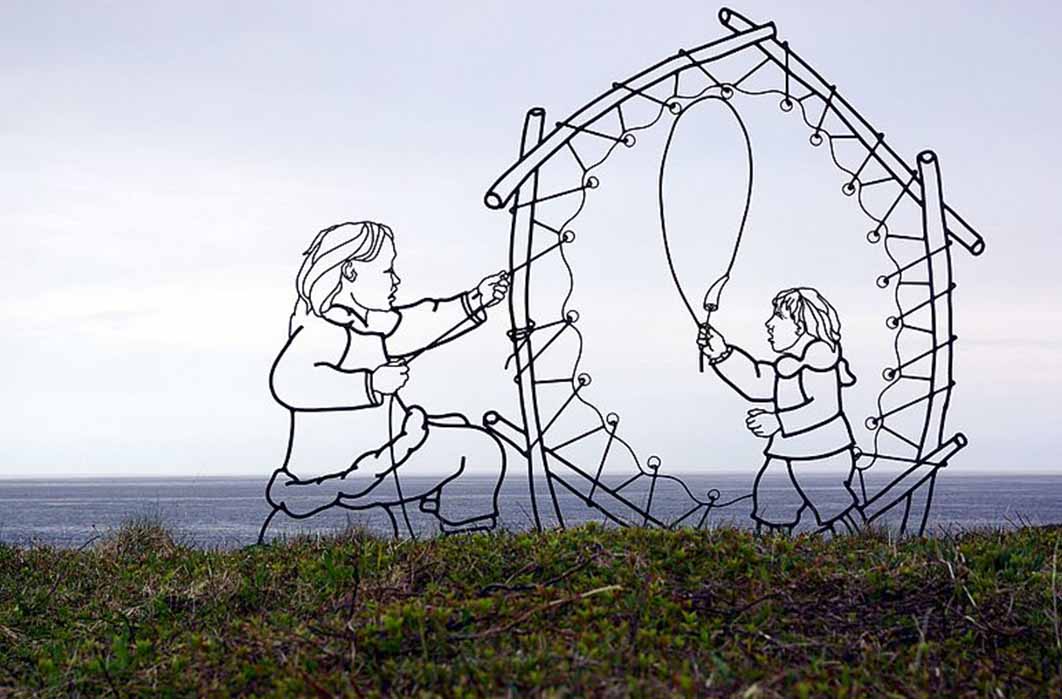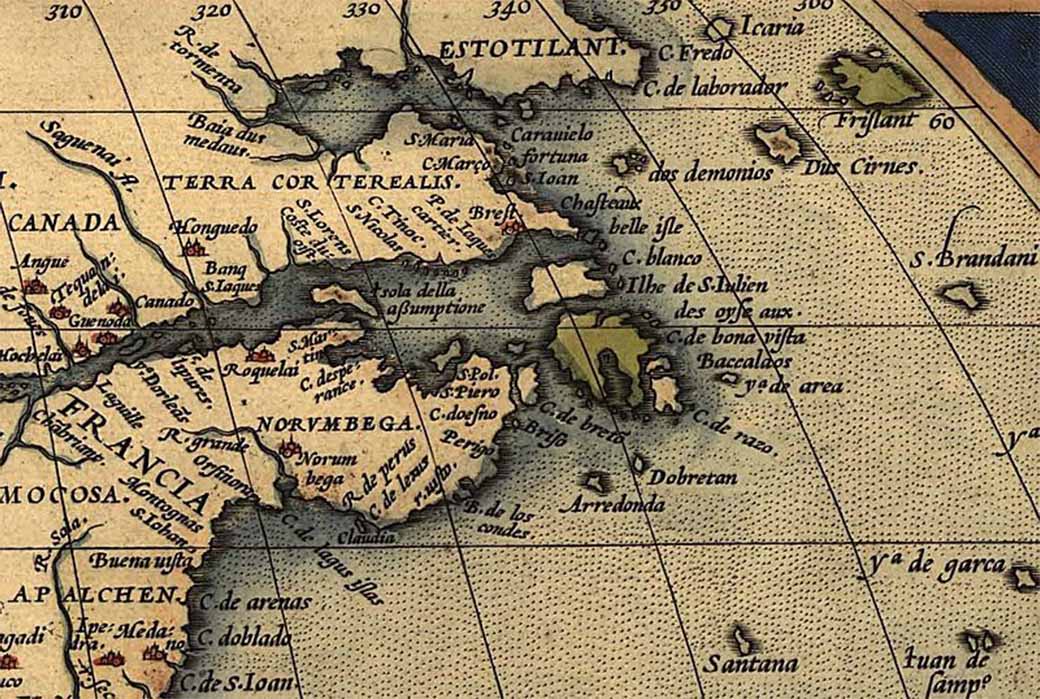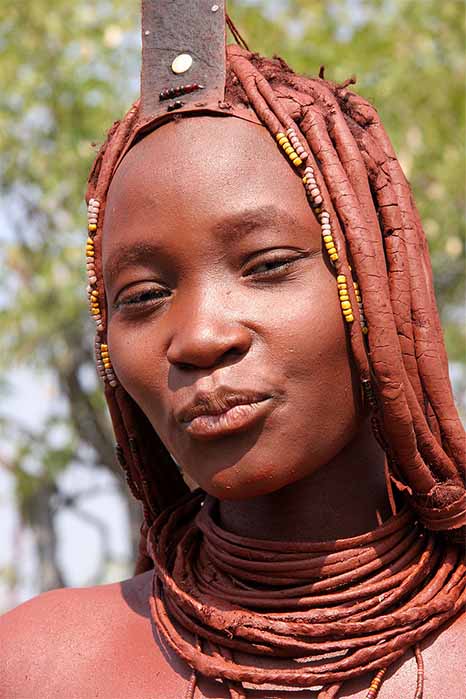
Maritime Archaic Culture: The Red Paint People Of Newfoundland
About 5,000 years ago, when the Phoenicians dominated the Mediterranean trade routes and were, perhaps, beginning to venture out into the Atlantic as far west as North America, and when a mysterious civilization was building house foundations in the Canadian Arctic and another was constructing shell circles along the coastline of South Carolina and Florida, another mysterious sea-faring people were thriving up north in Maine and Canada.

Part of Abraham Ortelius' atlas from 1570, showing "Norvmbega" among other somewhat mythical names for various areas as well as several phantom islands. (Public Domain)
Since the 16th century, Native American Indians, or First Peoples had been regaling European settlers with legends of a city that was once located at the mouth of the Penobscot river. They called it Norumbega, and said it "overflowed with riches." No one alive had ever seen it, but many looked for it. Their search led them to hundreds of stone structures, similar to those that Europeans were familiar with in Scotland, Ireland, Norway, and Sweden. When they asked the First Peoples Indians who built them, they were told "the ancient ones."
The search eventually led to mysterious burial-type sites that oozed red ochre. Associated with the sites were beautifully polished stone tools which were more advanced than the ones used by local Indians. Further investigation led to the discovery of a red paint manufactured from ochre. The unknown culture who used this red paint were called the Red Paint People, and were cast as the direct ancestors of the current First Peoples Indian population.

The Himba of Namibia also adorn themselves with red ochre (Yves Picq /CC BY-SA 3.0)
Lost Legend of an Ancient Civilization
Investigators pressed the indigenous population for oral histories about this ancient civilization, but by the late 1800s the new science of archaeology was on the rise. Artifacts became the currency of choice. Myths and legends were relegated to the back seat, considered to be the made-up stories of a primitive people. The tools of the Red Paint People became a central display at an 1893-exhibition that also featured artifacts from the newly discovered Mound Building culture of the Midwest.
- Did Pytheas, Ancient Navigator, Geographer and Astronomer Discover Mysterious Thule?
- Mystery Mines That Enriched The Old World
- Preserving The Beasts That Powered The Canadian First Nations
The early specialists at the head of the fledgling science of archaeology were quite pleased with themselves. With the discovery of both the Red Paint People and the Mound Builders, they were off to an impressive start. Alas, things did not work out as smoothly as they had hoped.





